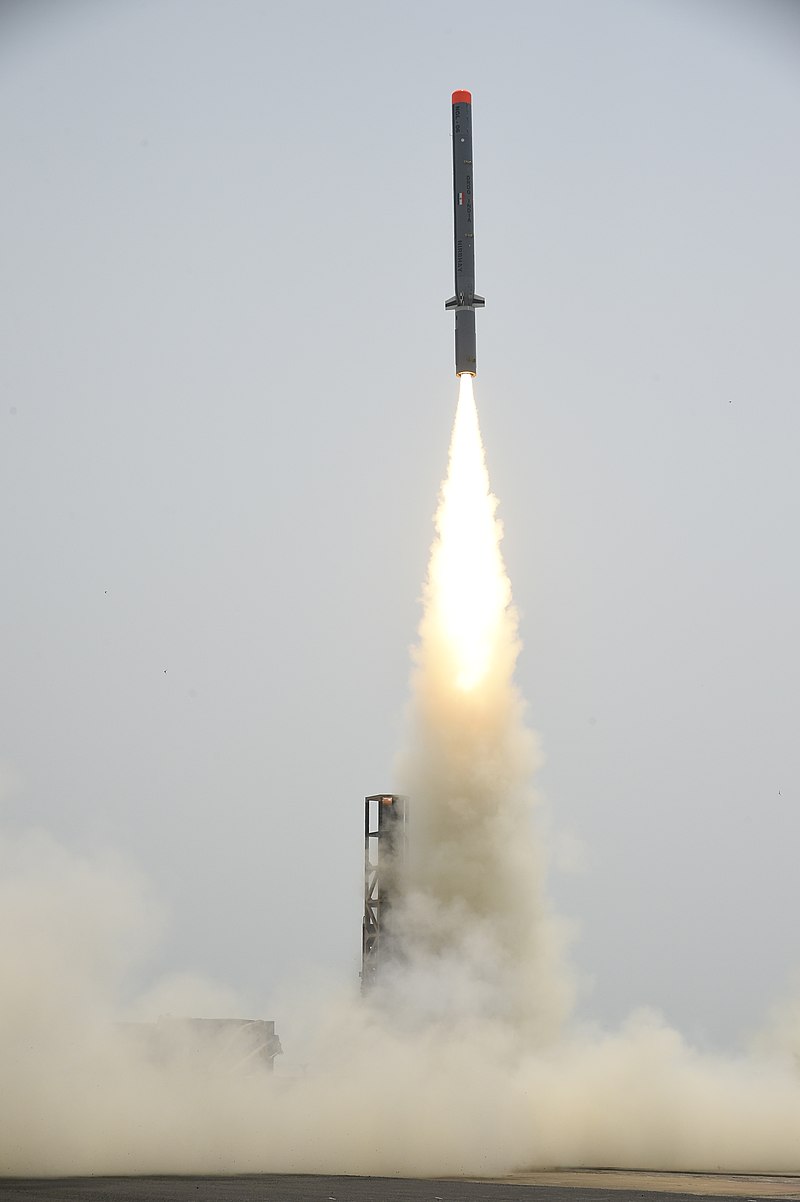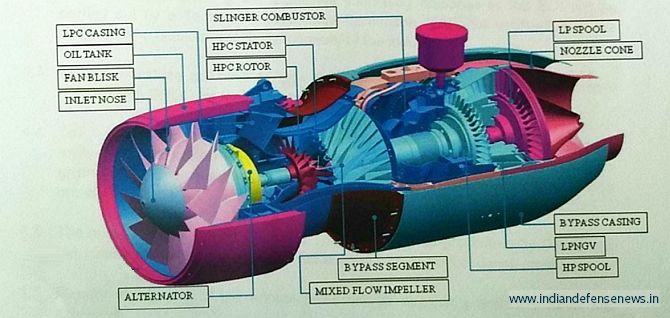Asian News International (ANI) has reported that the Indian Defense Research and Development Organization (DRDO) carried out the first successful test of the Indigenous Technology Cruise Missile (ICTM) at the Integrated Test Range in Chandipur off coast of Odisha, India. According to the DRDO, the test was successful and was monitored by several ground-based and air-based observers such as Su-30Mk fighters.
#WATCH | DRDO conducted a successful flight test of the Indigenous Technology Cruise Missile (ITCM) from the Integrated Test Range (ITR), Chandipur off the coast of Odisha.
During the test, all subsystems performed as per expectation. The missile performance was monitored by… pic.twitter.com/En4sJVImU8
— ANI (@ANI) April 18, 2024
Indian Cruise Missile Families
India currently has three primary families of cruise missiles. The primary family is that BrahMos which has (3) blocks distributed across ground-based, air-based, and submarine-launched capabilities. The BrahMos family began development and deployment as early as 2007. The BrahMos NG is the newest type and is still under development; it is a multi-platform multirole supersonic cruise missile with a suspected range of 290km. While BrahMos encompasses the majority of deployed Indian cruise missile capabilities, there is also the Brahmos-II and the Nirbhay.
The BrahMos II is the hypersonic variant of the BrahMos family that is currently under development while the Nirbhay is the program that resulted in the ICTM test today.
Nirbhay to ICTM
The Nirbhay is a long range, all-weather, subsonic Cruise Missile designed and developed in India by the Aeronautical Development Establishment (ADE) which is under the DRDO. It has a much longer range than the aforementioned BrahMos missiles at almost 1500km. It began development in 2013 and the program officially ended in February 2023. The Nirbhay was a developmental program which was designed to produce new branch plans for further missile development. One of those branches is the ITCM which was successful tested today.

The ICTM is based on Nirbhay missile but uses the indigenously developed Small Turbo Fan Engine (STFE), also known as Manik Engine from Gas Turbine Research Establishment. The ITCM is meant to validate the capability of STFE, upgraded radio frequency (RF) seekers, and other subsystems. The main objective of this program to achieve independence from use of Russian engines such as the NPO Saturn 36MT which powers the majority of Indian cruise missiles.


